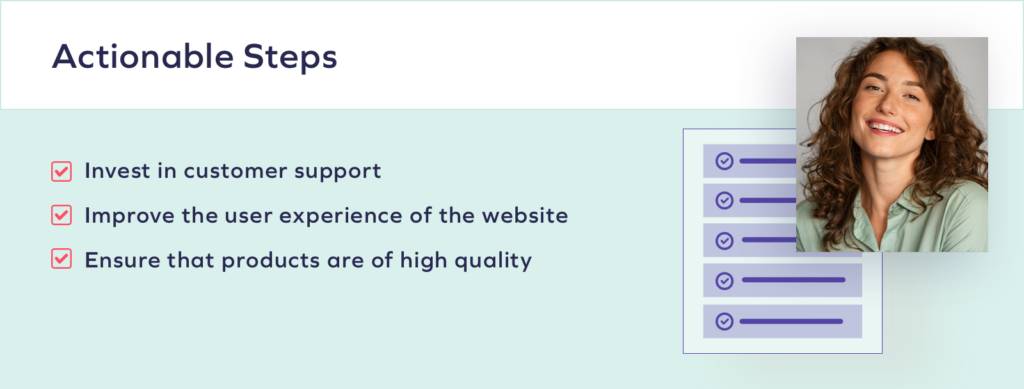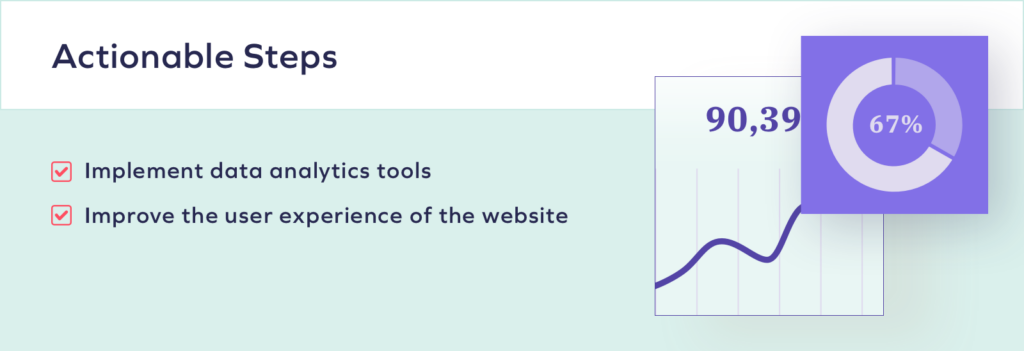How to Change Your Brand’s Mindset
Shifting from an acquisition-focused mindset to a retention-focused one requires a new approach to how brands think about their relationships with customers.
 Retention Marketing Manual
Retention Marketing Manual
Shifting from an acquisition-focused mindset to a retention-focused one requires a new approach to how brands think about their relationships with customers.
Ready to see how it all works?
In this lesson, we'll discuss the key shifts that brands need to make to build stronger relationships with customers, as well as provide actionable tips and strategies for making these shifts.
The first step in building stronger relationships with customers is to prioritize their experience. Every touchpoint with a brand is an opportunity to build trust and loyalty. By focusing on creating a positive experience for customers at every interaction, brands can build stronger relationships that keep customers coming back. This means investing in customer support, improving the user experience of the website, and ensuring that products are of high quality.
Actionable steps:

The second key shift is to use data to understand customers better. By collecting and analyzing data on customer behavior and preferences, brands can create more personalized experiences that resonate with customers. This means understanding their needs and preferences, and tailoring marketing and engagement efforts to their interests.
Actionable steps:

Finally, to build stronger relationships with customers, brands need to adopt a customer-centric approach. This means putting customers at the center of everything they do, and ensuring that their retention strategy is designed to meet their needs.
Actionable steps:


